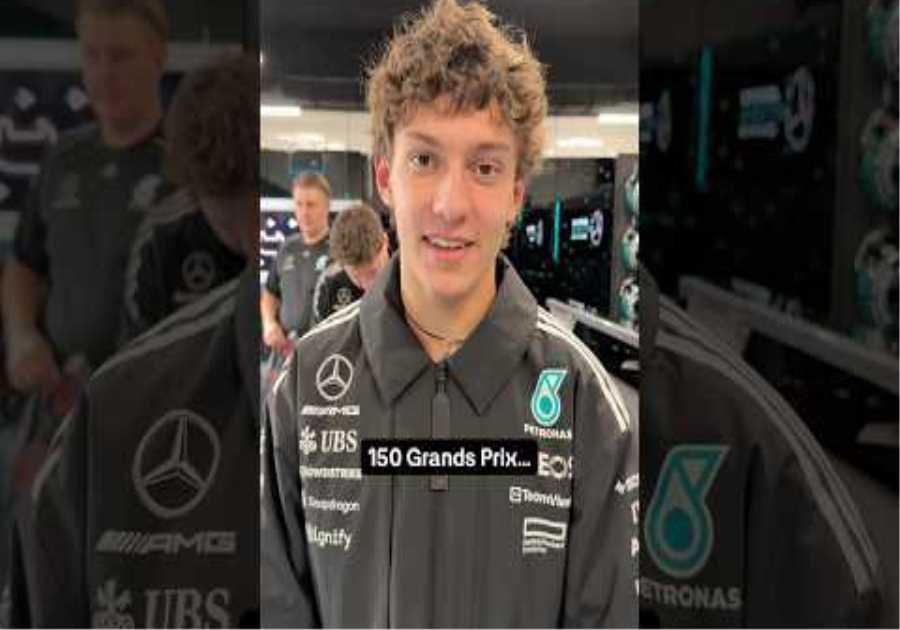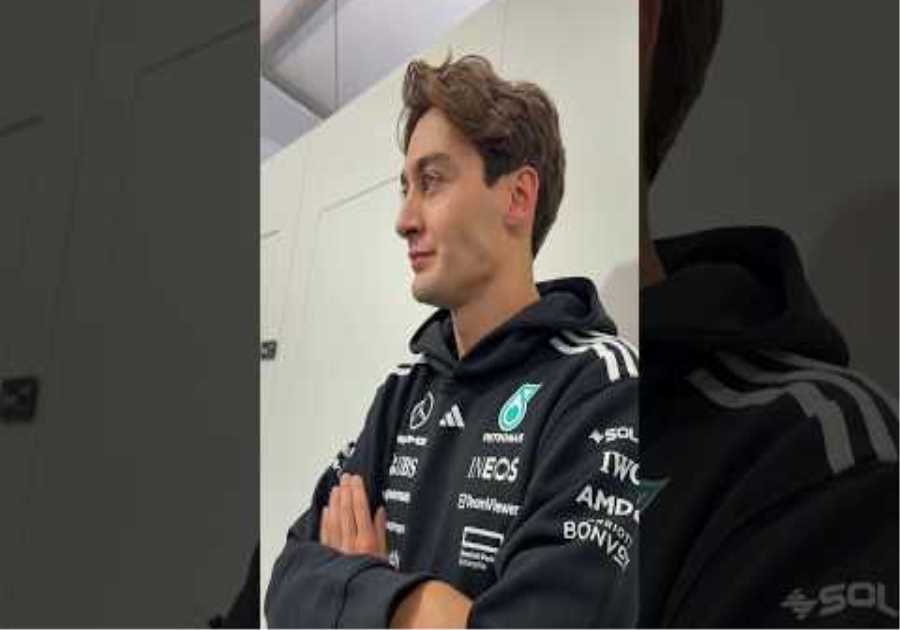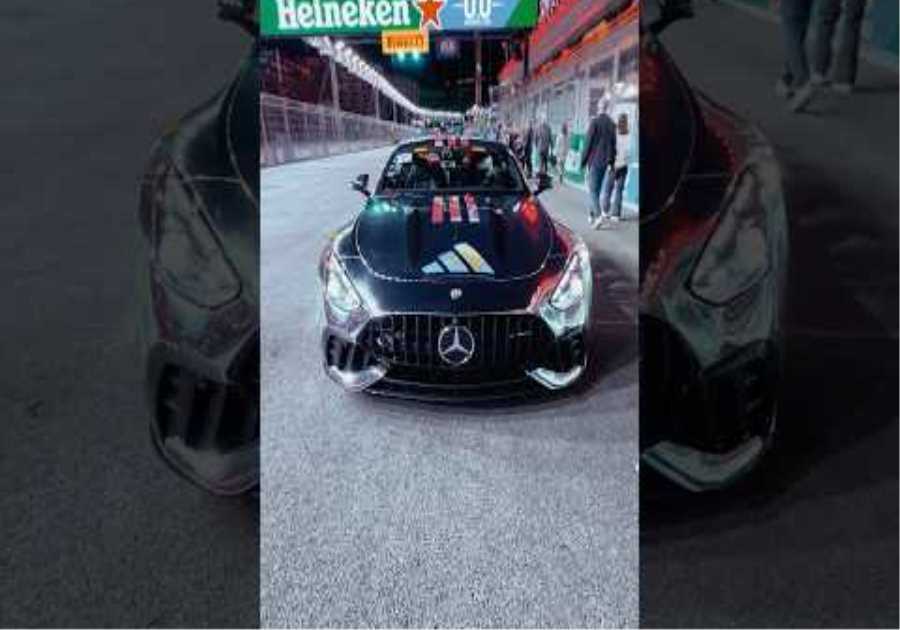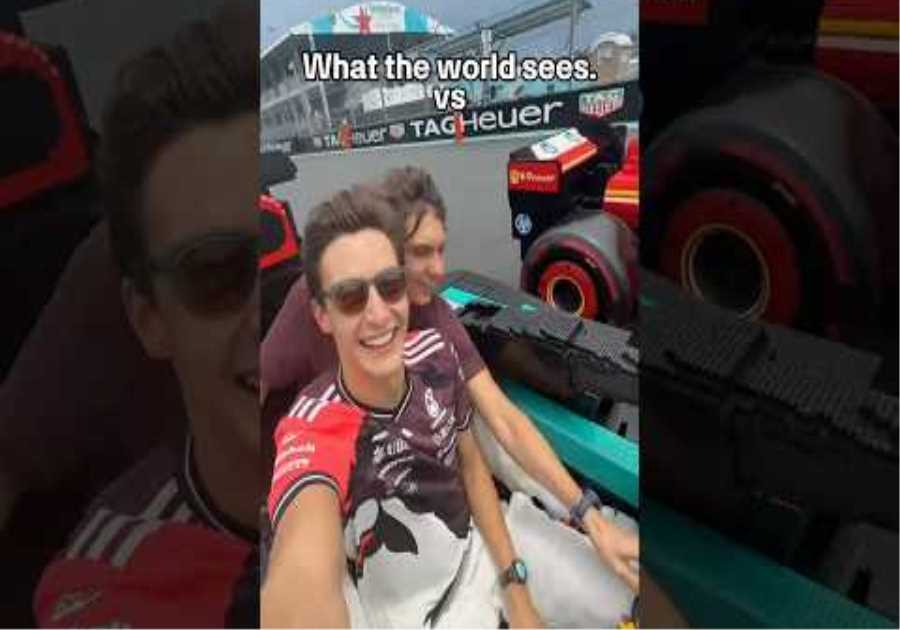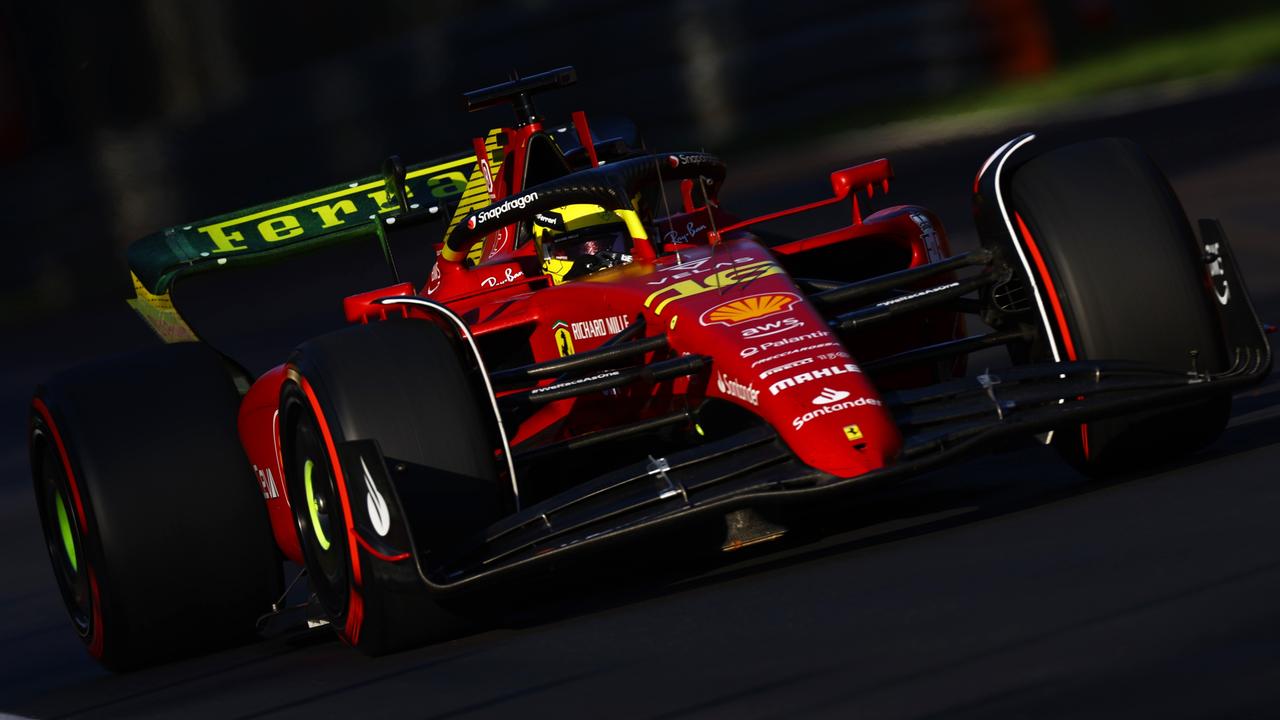
Friday at the Italian Grand Prix gave us a glimpse at Red Bull Racing’s expected superiority but also delivered a twist, with several cars taking engine penalties and several more to follow on Saturday.
Among those penalized drivers are both RBR teammates, Max Verstappen and Sergio Perez, as well as Carlos Sainz. Lewis Hamilton wants to start form the back.
It means a couple of things for the next few days. Games will be played in qualifying. Ferrari has a good shot at scoring a popular pole position. And the race is guaranteed to feature a decent amount of passing.
Watch every practice, qualifying and race of the 2022 FIA Formula One World Championship
live on Kayo. New to Kayo? Start your free trial now >
Is it enough to hold Verstappen back from being favorite for victory on enemy territory? It’s tempting to believe in what would almost be a fairytale-quality Ferrari win, but given Verstappen won from 10th and 13th on the grid in two of the last three races, you wouldn’t put your money down just yet.
LIKELY FERRARI POLE, BUT RED BULL STILL FAVORITE
Ferrari’s fortunes have improved somewhat since the start of the weekend. The Italian team turned up to Monza knowing that its package wouldn’t suit the high-speed, low-downforce layout, but penalties to both Red Bull Racing drivers as well as Lewis Hamilton has substantially improved the chances of Charles Leclerc starting from pole position , even if he doesn’t end up as the fastest qualifier.
But the good news ends there, because Ferrari’s expected deficit starts to become clear once you look at the long-run pace.
As has been the case for the Scuderia, its form dissolves over a single lap when it comes to keeping its tires alive long enough to make a stint competitive.
Long run averages (medium tyre)
Red Bull Racing: 1:25.898 (10 laps)
Ferrari: 1:26.447 (5 laps)
Mercedes: 1:26.848 (6 laps)
There’s a clear differentiation between RBR and Ferrari over the race simulations, and the reality is probably even more pronounced than the raw data suggests given the length of Verstappen’s stint. The Dutchman’s consistency over 10 laps is what’s really impressive here, whereas both Ferrari drivers were concerned their tires were beginning to ail partway through their stints.
“[Ferrari] look good,” Verstappen said. “But if you look at the long runs, I think we look quite good, and I think that is the most important for the race.
“I’m not worried about it, but we still have a few things to finalize.
“I think the car was quite good. Just trying a few things on the car from FP1 to FP2 to understand if you could do things better — some worked, some didn’t — and just trying long run practice, of course with the little penalty we have, and everything seems to run quite well.”
There’s also bad news for Mercedes in the long-run numbers, with the team looking way off the pace — as expected, and not nearly as far back as the team was in Belgium.
But the team hoped there was more to come with some overnight tuning of the W13.
“It was a bit of a strange day,” Russell said. “FP1 was looking pretty strong, but then Ferrari and Red Bull seemed to have taken a step forward compared to us, or maybe we’ve taken a step back as we were obviously behind the McLaren in FP2, so a bit of work to be done tonight to understand that.”
Interestingly the W13 seems appropriately trimmed out for Monza’s long straights, with the car performing decently relative to the session-topping Sainz, but in every instance it ran out of power at the very end of the flat-out sections, suggesting the power unit is running out of electrical energy.
Dealing with that will be key to race prospects, particularly for Hamilton, who will need all the straight-line speed he can get starting from the back of the grid.
ALPINE LOOKS QUICK DESPITE MISLEADING FP2
There are three clear groups forming the rest of the field: the backmarkers, the midfield and Alpine, in ascending order.
This was always likely to be a strong track for the French team. Though the car is a good all-rounder, it’s been particularly potent on low-downforce, high-speed tracks, and despite Esteban Ocon attempting to play down the team’s chances, the long-run data clearly shows what the team’s so-so single -lap pace belied.
Long run averages (medium tyre)
Alpine: 1:26,601 (13 laps)
AlphaTauri: 1:26,923 (11 laps)
McLaren: 1:26,930 (9 laps)
Alfa Romeo: 1:27.525 (5 laps)
Williams: 1:27.591 (3 laps)
Haas: 1:27,661 (6 laps)
Aston Martin: 1:27.675 (7 laps)
Despite Ocon and Fernando Alonso finishing FP2 eighth and ninth and behind Lando Norris in fourth, there’s no doubting the team’s race pace, particularly given the fact it came over a confidently long stint. It was also one of the few teams to experiment with the hard tyre. Given that compound proved key to the last two races — and Alpine capitalized on it in both — that also stands the blue team in good stead.
The rest of the midfield appeared tight around the track, though Williams, Haas and Aston Martin appeared to be in a bottom-feeding class of their own on the evidence of Friday despite some great one-lap form from Alex Albon.
PENALTIES SET TO JUMBLE THE FIELD
We thought we’d put the worst of the penalties behind us after the chaos of the Belgian Grand Prix, but another round of grid drops has proved too appealing to F1 teams in Italy, which will lead us to another jumbled grid.
As it stands, Max Verstappen will drop five places with a new internal combustion engine. It’s his second extra ICE of the season, which is why he’s losing only five places instead of 10.
His teammate, Sergio Perez, will serve the full 10 for his own combustion engine, this being the first time he’s exceed his allocation.
Valtteri Bottas has taken a new internal combustion engine, turbocharger and MGU-H, costing him 15 places.
Carlos Sainz has taken a new MGU-K, battery, control electronics and gearbox, sending him to the back of the grid.
There he’ll be joined by Lewis Hamilton, who has the bulk of a new power unit, and Yuki Tsunoda, whose 10-place penalty for collecting five reprimands over the season convinced the team to bite the bullet and send him to the back of the field with a new power unit.
Mick Schumacher is also likely to join them at the back after his stoppage halfway through second practice, and Haas was already contemplating power unit penalties for both drivers.
Those set to start at the back of the grid will line up based on their results from qualifying.
BEWARE THE SLIPSTREAM GAME
Having so many drivers starting out of position heightens the chances we’re going to see some Saturday chaos in qualifying, with the temptation surely great for teams to deploy penalized cars to generate a slipstream for their teammates.
Ferrari has always been keen to try to maximize its pace with the slipstream in front of its home crowd, and Carlos Sainz starting at the back will surely prompt the team to use him to benefit Charles Leclerc, who suddenly has a boosted chance of winning the race. The Scuderia deployed the same tactics in reverse at Spa, helping Sainz to start from pole.
Red Bull Racing faces a trickier decision, with both drivers penalized but Perez carrying the heavier burden. Given he’s lower in the championship — not that position really matters given Verstappen’s lead — the team may use the Mexican to give the Dutchman a boost.
The same will presumably go for Tsunoda helping Pierre Gasly and Valtteri Bottas in assistance of Zhou Guanyu.
Lewis Hamilton confirmed that this week is George Russell’s to pick the order the cars go out in qualifying, as per Mercedes’s long-running rule on these matters, but Russell played down the likelihood of conscripting his teammate to play the team game.
“I mean, if you nail it, it definitely does work,” he said. “But there’s high risk, high reward really. So it’s not something we put on a lot of emphasis into.”
And the risk is high, particularly given there’s a significant number of drivers who’ll be attempting to make Q3 purely to aid their teammates. Traffic could be significant, and that sort of scenario has a history of being both comically and dangerously clumsy at such a high-speed circuit. Look back no further than qualifying for the 2019 race as an example of how it can go embarrassingly wrong for several cars who lose sight of the main game.
WHAT KIND OF RACE WILL WE GET?
But there’s also a big question about how effective the slipstream will be around this circuit, which has historically been overrated for ease of passing.
This year’s regulations have made the following generally easier by reducing the amount of aero wake generated by the cars, but it’s come at the cost of the powerful slipstream. And on this track, where cars are running in low-downforce configuration, even the DRS has a reduced effectiveness given the rear wing is skinnier and therefore less downforce is available to be dumped.
It means the midfield might have a chance at gaining some positions from the faster cars starting at the back rather than simply having to wave them through.
“It’s funny — like you can follow closer this year but you still do get affected, and the slipstream is not as big,” Ricciardo said. “Some tracks have proven better for overtaking with this style of cars and some haven’t.
“I don’t think it will be crazy easy — they will still have to work for it, the quicker cars coming through, and [we will] try and pick up a nice tow in quali somehow and jump a few more spots.”
Did you miss our previous article...
https://formulaone.news/mclaren/10-reasons-why-the-czinger-21c-is-awesome

